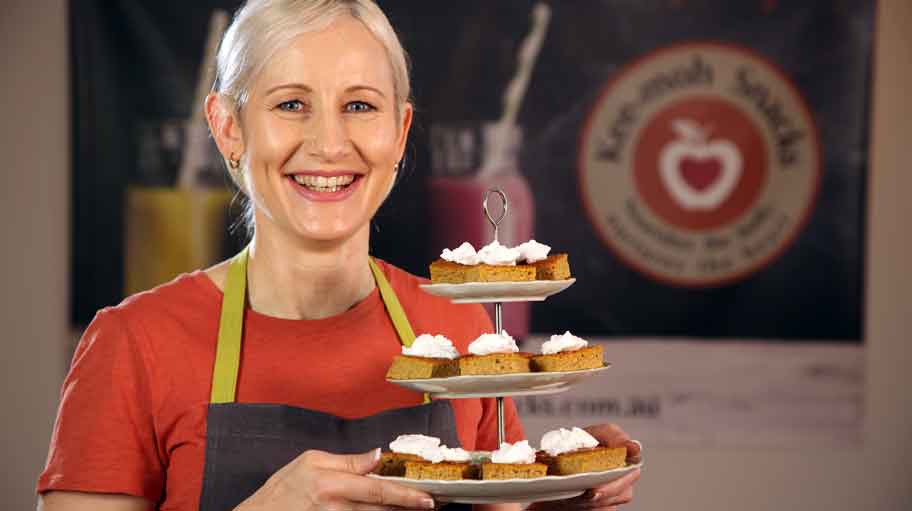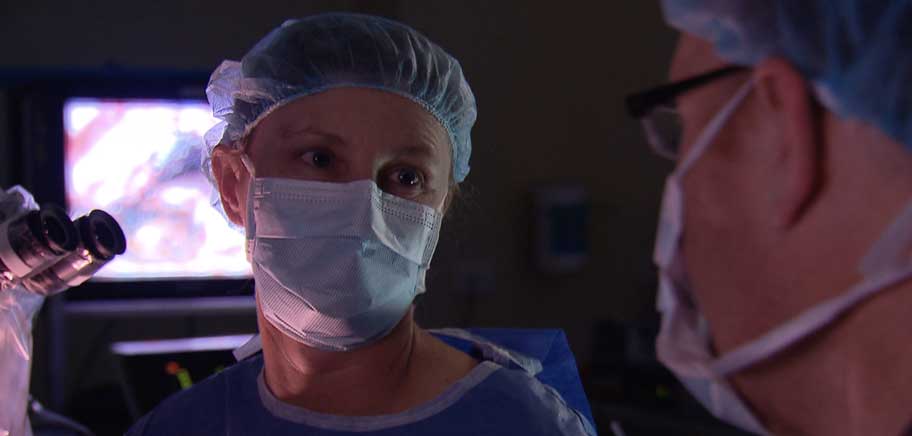
Kate’s Story
Royal Melbourne Hospital Head of Neurosurgery Associate Professor Kate Drummond toyed with the idea of teaching and science before finding her way into medicine. Born and bred in Sydney, she credits her parents for inspiring her academic achievement, with their never-ending encouragement instilling a firm belief she could do anything. And while brain matter is interesting enough, it is the people she treats every day who matter most. In this piece, she explains her motivation and outlines her next mission to improve global health.
You were the first person in your family to attend university. What inspired this brilliant career?
I don’t think it was anything other than parents who were just totally encouraging. I was the long-awaited child of adoptive parents. They had been waiting for me for a long time and my Mum and Dad poured all their love into me. I was read to, constantly encouraged and told I could do anything. It did not strike me at the time, but this sort of culture of achievement was built into me and encouraged. Of course I would go to university! My family did not have medical backgrounds themselves. My mother teaches piano and my father started out as a draftsman but then worked in building management for fire protection. There are no medical people in my family at all.
It was not right until the end of school, until a teacher said to me, ‘If you study hard you might get into medicine’. I thought it sounded interesting, but I was planning on teaching or maybe science. It was not until the end of school that I even considered medicine. I estimated I would need 430 out of 500 in the HSC to get into medicine at Sydney University. I had not hit 400 in my trials, but I got 431 in the finals. It was a bit of a late decision!
How did you find it initially?
I really struggled at the beginning. We did not start out training in hospitals. The first two and a bit years were sitting in a lecture theatre, learning about comparative biology and other dry basic science topics. It was not until I started seeing patients that I thought ‘okay, this is what I want to do’. I started out wanting to be an obstetrician and then I delivered a baby (which really changed my mind!). Seriously though, there are a lot of things about it that made me realise it was not going to be for me. There are a lot of moral dilemmas in obstetrics. I did quite like the gynaecological surgery in my rotation. I intended on doing general surgery, but when I was an intern I had to do a term in neurosurgery to get the general surgery rotation I wanted. The rest is history.
What is it about neurosurgery that fascinates you?
A lot of people come into neurosurgery saying, ‘I am really fascinated by neuroscience and the way the brain works’. It is kind of interesting, but I am actually much more fascinated by the people I look after. These are vulnerable people and I am really fascinated by how they respond and cope and be wonderful humans even when everything is going wrong.
You have been a practising neurosurgeon sine 1997. Do any patients stand out?
There are so many. But I will never forget the young woman with brain cancer who, against all odds, felt that she had to have a child despite her limited prognosis. She wanted to leave a legacy and managed to deliver twins between radiation and chemotherapy. She started off with a low grade tumour but ended up a glioblastoma. She was only in her 30s, but fell pregnant while having treatment for cancer.
Was falling pregnant against your advice?
Absolutely not. My job is to make things happen if I can. This is what she desperately wanted and she achieved her goal. She had a girl and a boy and was exhausted, but joyful.
Her twins were just over a year old when she passed away. And then there was the beautiful young couple who postponed their wedding for the brain surgery. They took the wedding photos so you could not notice that one side of his face was drooping. He went through radiation and everything else. Just as they were about to go on their honeymoon, the tumour came back. He started on chemotherapy the night before they got on the plane. They went all over Europe on chemotherapy so they could still have a honeymoon. These people are extraordinary. I am always inspired by the lives that they make with what they have got. This man lived for maybe 18 months after the wedding.
Stage 4 brain cancers are incurable. What do you hope to achieve for your patients?
I want to give them the longest good quality life that we can get. Ultimately, what we hope to achieve is some cure or longer term control. But at the moment, the reality of the job is I help them achieve their goals as best we can. I think long-term control is within our grasp. We need to translate what we are seeing in immunotherapy to other cancers. It has been disappointing so far, but sometimes it is just one piece of knowledge that drops in, like HER2 inhibitors for breast cancer and Glivec for leukaemia, or BRAF inhibitors and immunotherapy for melanoma.
What’s a day in your life like?
I generally start at 6am, so I am up at 5am. I try and get a bit of paperwork done, then hit the wards at 7 am for a ward round. My days are varied: it could be all day in clinic, all day operating, it could be meetings, it could be research. Outside work, I go to movies, I go to plays, I go to the symphony. I read books, I exercise and I hang out with my family. I mostly like superhero movies. I don’t want to watch movies where people are having bad things happen to them. I work with people who have bad things happen every day. I don’t need to see it to have a good cry. I want happy movies.
You are now a department head. Where to from here?
Being Head of Unit was kind of my end-game. So now, I think I would like to probably have more influence in brain-tumour research. And I have a real commitment to global health education through my role as Chair of Pangea (formerly Specialists Without Borders). Growing that part of my career portfolio is something that is a real focus at the moment as well.
Tell us about Pangea, how it works and your long-term goals for this organisation.
Pangea began 13 years ago, originally as a lecture series in Africa. Basically it involves healthcare professionals from Australia and New Zealand travelling to developing countries to impart some of our knowledge to healthcare professionals working on the ground there.
These people (in developing countries) may be very good doctors, but they are living in a place where there is not very good infrastructure. What Pangea really wants to do is through education, leave behind the expertise to change the health system. We are leaving a sustainable legacy. The lessons we leave behind will benefit health outcomes for their communities for many years. These Australian and New Zealand health professionals pay their own way to do these trips and take annual leave to be part of it all. But it is incredibly rewarding and it is great fun.
My ambition for Pangea is that it becomes a massive organisation. I want it to be the go-to organisation for global medical education needs – providing flexible, practical, scalable, targeted health education in low-resource settings. We have now done several trips to Africa, teaching our counterparts in Malawi, Zimbabwe and Rwanda.
In 2019, we are hoping to go to Myanmar and start educating health professionals in that area to improve outcomes there. The possibilities are endless. Africa we love, but I think we need to have some programs a bit closer to home.
What would you say to a young person now contemplating a medical career?
I would say ‘Become a doctor’. It gives you an unlimited range of career possibilities. You might not end up in the clinical care of patients – you could end up in research, administration or international health. It is a ticket to so many fulfilling careers, in specialty practice or general practice. You don’t have to worry too much about where the end point will be, it is just a great thing to do. You will find your niche.
*November 2018.
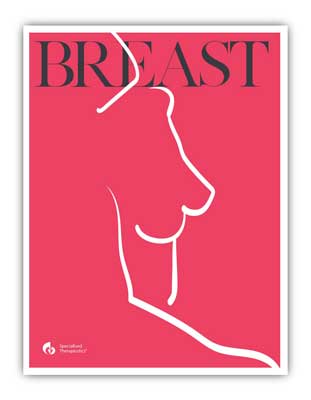
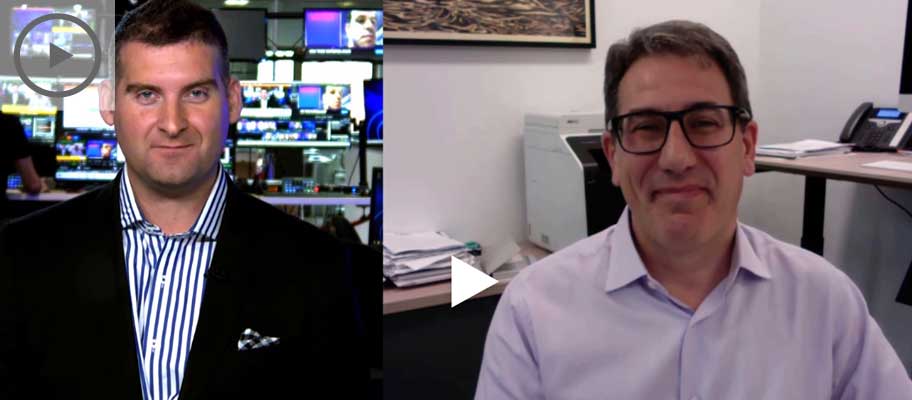
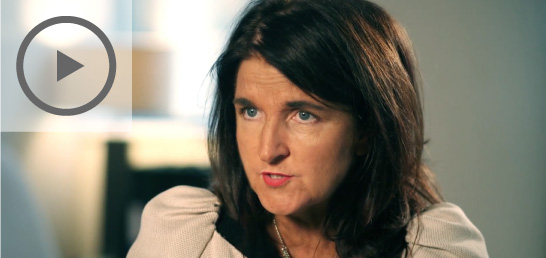
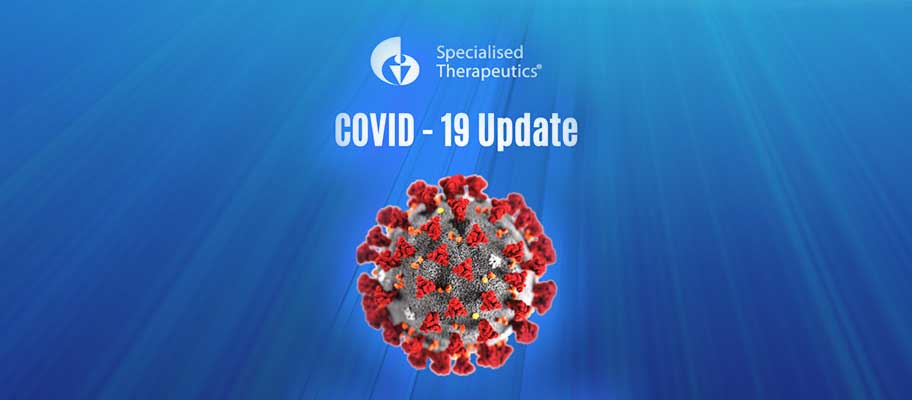
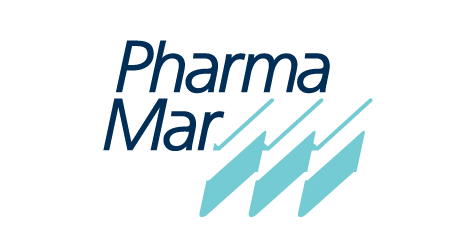
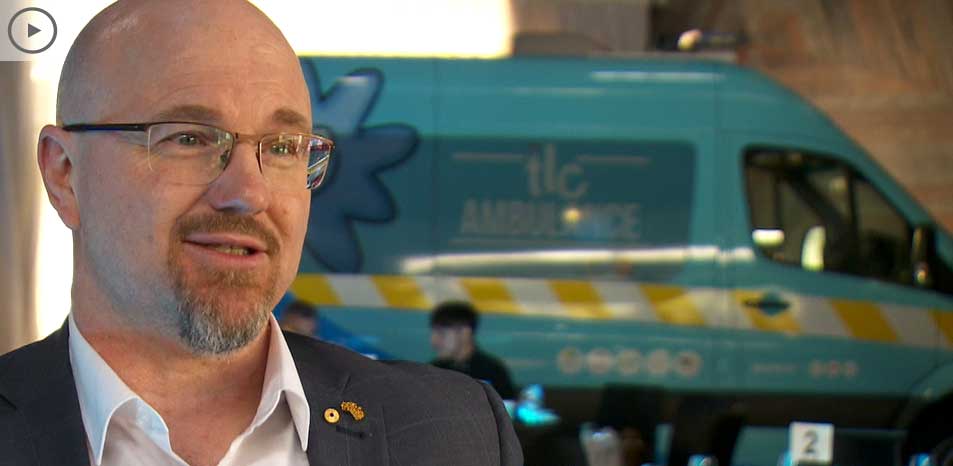
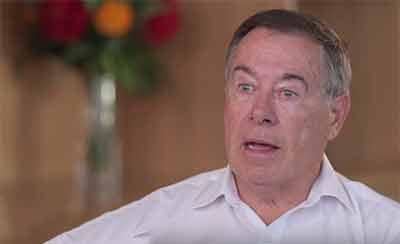 OUR CAPABILITY: Specialised Therapeutics’ Quality Assurance Manager David Wilson explains how we transport specialist medicines to patients around the world
OUR CAPABILITY: Specialised Therapeutics’ Quality Assurance Manager David Wilson explains how we transport specialist medicines to patients around the world


